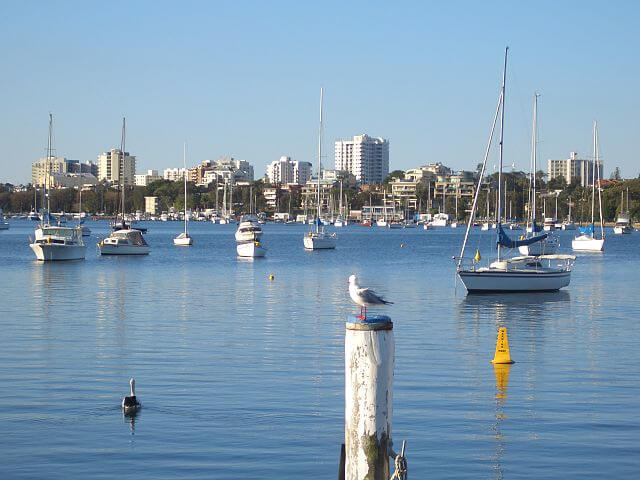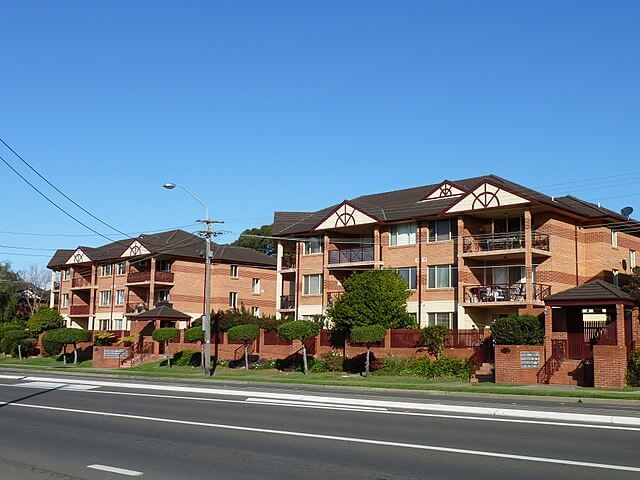Buying a home and finding the best home loans in the Sutherland Shire can be overwhelming and getting the home loan organised can be puzzling process. We are here to help.
about homes in the sutherland shire
There are 84,000 private dwellings in the Sutherland Shire:
- 62% of these are houses,
- 19% medium density,
- 18% high density and 1% other.
This means if you are wanting to buy a house there are plenty around and prices vary markedly depending on the suburb.
In a June 2015 article, News.com.au’s realestate section listed Alfords Point, Caringbah, Como and Gymea Bay as suburbs where house prices were soon to surpass million dollar medians. It looks like they were correct. Looking at data form Core Logic in Oct 2017 here are some median Shire suburb prices for houses.
- Alfords Point: Median house price $1,295,000
- Caringbah: Median house price $1,410,000
- Como: Median house price $1,220,000
- Gymea Bay: Median house price $1,450,000
and some other suburbs:
- Barden Ridge: Median house price $1,317,500
- Cronulla: Median house price $2,245,000
- Oyster Bay: Median house price $1,342,500
- Sutherland: Median house price $1,160,000
- Sylvania: Median house price $1,355,000
Of course these prices will change of time, and you should seek your own advice about prices.


You can find out more about The Sutherland Shire area on Wikipedia.
The Sutherland Shire is a local government area in the southern region of Sydney, in the state of New South Wales, Australia. It is regarded as an affluent area with many wealthy suburbs residing on the surrounding rivers. The Sutherland Shire is colloquially known as “The Shire” and it has been featured in several reality television series.

Before you start looking for your home and finding the best home loans in the Sutherland Shire, there are a few things you need to consider such as:
- How much can I borrow from the bank?
- What costs are involved in buying a home in the Sutherland Shire?
- Do I need a deposit and how much?
- Should I be getting my loan approved before I start looking?
- Should I be getting a loan from my bank, or via the wider choices by using a mortgage broker like us
I am text block. Click edit button to change this text. Lorem ipsum dolor sit amet, consectetur adipiscing elit. Ut elit tellus, luctus nec ullamcorper mattis, pulvinar dapibus leo.
How much can I borrow for my home?
Before buying your home it is vital to know how much the bank will lend to you. How much you can borrow will depend on many factors including:
- Income and type- PAYG, Rental, Self Employed, Interest, Dividends
- What type of property you are looking to purchase (Owner occupied or Investment)
- If you are a First Home Buyer
- If you have a deposit
- If you have other loans like personal loans or credit cards
One major factor that your need to consider is can you comfortably afford to repay the proposed loan. It is vital that you do not over commit yourself, you should always factor in interest rate changes as this will influence your minimum monthly repayment. Your mortgage is with you for a very long time and you need to consider your situation now and in the future.
You might be tempted to go and borrow to max to get a property you have really fallen in love with. While we have had fair weather in the financial markets, from time to time, we get downturns and recessions. We believe in helping you with prudent borrowing. Some things to think about are what if scenarios – and how you would manage. For example:
- What if interest rates went up 2%? Or 4%? How would you handle that?
- If you are both working to pay the loan, how would you manage if one of you lost your job or had to stop working due to illness?
- What if the value of your home fell 10% or 15% because of a general recession or some local government decision?
what costs are involved in buying a home?
On to top of your deposit 5% minimum, some of the extra costs can include:
Stamp Duty This is a government cost that is typically the largest expense outside the purchase price. Stamp duty is different between the states and territory.
Examples for NSW property purchase:
- Purchase Price $500,000/ Stamp Duty $17,990
- Purchase Price $600,000/ Stamp Duty $22,490
- Purchase Price $700,000/ Stamp Duty $26,990
- Purchase Price $800,000/ Stamp Duty $31,490
- Purchase Price $900,000/ Stamp Duty $35,990
- Purchase Price $1,000,000/ Stamp Duty $40,490
Loan Set Up Fees Includes establishment fees and can be different depending on the Bank/Lender and the loan product this can range from $150 to $3000+.
Lenders Mortgage Insurance It is vital to be aware that you may also require Lender’s Mortgage Insurance depending on your deposit amount. LMI helps protect the bank against losses from loan failures and foreclosures. You would normally need to pay this if your deposit is less than 20% of the property price and the cost can be up to 5% of the purchase price and depending on the lender. You can help to minimize this cost by having a larger deposit and the closer you are to 20% the lower the cost.
Conveyancing/ Solicitor fees Your conveyancer or solicitor will examine your Contract of Sale and ensure proper checks are conducted on the property you are purchasing with local government departments, this cost can vary between $800-$3,000.
Inspection Costs It is always suggested that before purchasing a property, you hire professionals to inspect the property for defects, pest infestations, anything that could potentially cause harm to your property. The cost of the inspection is around $500-$2000
getting a home loan deposit together
There are various options available in relation to how much you will need to have as a deposit. You can get your deposit from many different ways like savings in your bank account, a gift of the deposit, selling of an asset ( like a car or boat), selling shares you own or even using your parent’s property as the deposit. Depending on your circumstances it could vary from 5%-20% .
Having a meeting with your Streamline Finance Service professional will make sure you know which options are available to you.
First Home Buyers Home Loans
first home buyers assistance scheme
The First Home Buyers Assistance scheme is a NSW Government initiative which provides exemptions or concessions on transfer duty for eligible NSW first home buyers. This includes vacant land on which you intend to build your first home.
The First Home Buyers Assistance scheme commenced from 1 July 2017.
The First Home Buyers Assistance scheme has Proof of Identity requirements, the details of which are contained in the Application and Lodgement Guide.
You can get more info here: http://www.revenue.nsw.gov.au/grants/fhba
Types of Home Loan
fixed vs variable loans
It is very hard to predict what will happen in the economy and interest rates in the future, what is important is to understand the advantages and disadvantages of fixed and variable loans so you can make an informed decision on which type best suits your situation.
advantages of a fixed rate loan
The main advantages of a fixed rate loan is certainty, as it ensures your repayments can’t change over a set timeframe. Also, when interest rates are low you can fix in a low rate and keep that rate even if interest rates increase. This could possibly lower the overall amount of interest paid over the loan timeframe.
disadvantages of a fixed rate loan
If you fixed your loan and the variable interest rates go down you won’t benefit from the lower rates. If you have a fixed loan and want to change to a variable or would like to refinance or sell, you may need to pay a break cost which can be very high depending on how long you have had the fixed loan and what rate you have fixed in.
Another disadvantage of a fixed loan you can be restricted on how much extra you can repay over the fixed term.
part fixed & part variable
You may consider leaving part of your mortgage variable and fixing the other part this will allow you to have security of a fixed rate loan and the flexibility of a variable all at the same time. It’s important to look at your individual circumstances and what you want to achieve before deciding on the structure of your loan.
Parental Guarantee
With house prices continuing to rise, you might be finding it very hard to save the deposit you need.
One option that can help is a parental guarantee home loan.
These loans allow you to use a parent’s home as security for your purchase and this means you will require a lower deposit.
It is important that all involved understand the advantages and disadvantages of proceeding with this type of guarantee.
So, what is a Parental Guarantee loan?
The loan will allow the shortfall in your deposit to be secured by your parent’s property. For a first home buyer it means you can purchase a property and escape the additional cost of Lenders Mortgage Insurance.
The parents will guarantee a minimum of 20% of the price of the new property if you do not have any deposit.
Another benefit of this is, you can buy a property as a home or as an investment property (will depend on the lender if this is possible).
Also, if you are a first time buyer, even if you are using a Parental Guarantee loan, you can still eligible for the FHB Grant.
There are many things to consider before you enter this type of loan
Parents who give the guarantee could be putting their property at risk if the son or daughter defaults on their new loan.
It’s highly recommended that the parents seek independent financial/ legal advice before doing a Parental guarantee loan so everyone involved understand what the risks are and what could happen if the loan is defaulted on.
Only some lenders will offer Parental Guarantee loans so it’s important to discuss this with mortgage broker before proceeding further.

